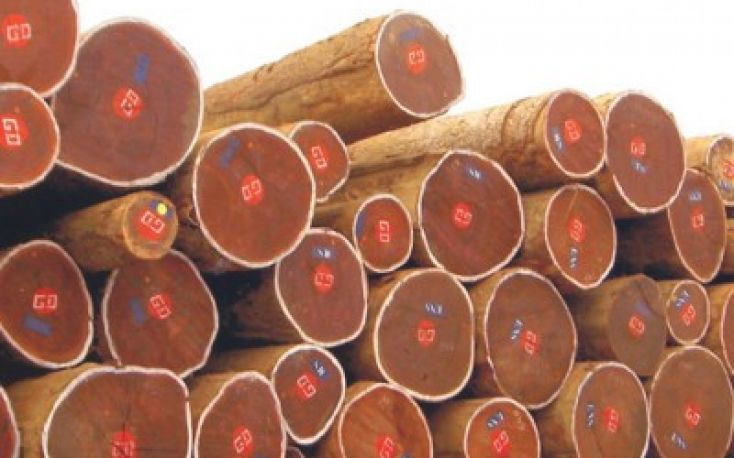Looking at individual species and products, importers in several EU countries, report particularly good demand for sapele in 2017, with prices firming as a result. Iroko continued in especially tight supply, due at least partly, it is thought, to less coming out of the forest in current harvest cycles, and prices reflected that.
Some predict that framire/idigbo is gradually being replaced on the EU market due to mills’ inability to satisfy due diligence information requirements, although there are also now reports of suppliers improving their legality assurance.
Particularly tight supply and firm prices were also reported by a Belgian importer in afzelia/doussie, ayous, tali, padouk and azobe.
Malaysian meranti and Indonesian bangkirai availability declined towards the end of 2017, with prices in the last quarter up for the former by 9-12% and by 9-17% for the latter, according to a UK importer. Meranti lead times were also reported up to four to five months. Brazilian ipe supply is said to be increasingly short too.
European importers remain concerned about the supply of teak from Myanmar. This follows concerns about the reliability of legality assurances which triggered EUTR enforcement agencies in several countries into taking action against importers and demanding that teak be more effectively tracked to forest of origin in Myanmar.
The EU’s successful boat building industries, notably in Italy, Denmark and the UK raised particular anxieties over this and importers are now urging greater legality assurance collaboration between EU and Myanmar authorities.
For temperate species, white oak remains the EU leader among US varieties, although it is reported to be facing increasing competition from European oak. The supply of the latter has been an issue recently due to curbs on Croatian log and green lumber exports, ostensibly to stop spread of oak lace beetle.
However, Croatian kilning capacity is increasing, partly thanks to inward investment by Italian mills, and customers are still said to be showing increasing preference for the European species due to various factors, including specification, FSC certification and lead times.
US walnut, tulipwood and ash are all reported to be in generally good to strong demand, with maple and cherry faring better in some countries than others.
Market resistance to US red oak continues, but the Americans hope that its large-scale use in 2017 in the new European headquarters of financial data giant Bloomberg in London will give it a prime, prestige European showcase. The building includes 37,150 m2 of red oak flooring alone.
Efforts to introduce more lesser known tropical species to the EU were reported to be meeting some success, with movingui mentioned by several importers. Further processed and engineered hardwood products were also said to be gaining momentum, notably laminated and finger jointed joinery components. Gaining ground too is Eucalyptus grandis in both sawn and engineered form.
At the same time hardwood is also meeting increasing competition from substitutes. Modified timber, notably Accoya and Kebony brands, are reported to becoming ‘staples’ in certain markets and wood-plastic composites continue to gain in popularity, particularly for external applications, such as cladding, decking and outdoor furniture.





Leave a Reply